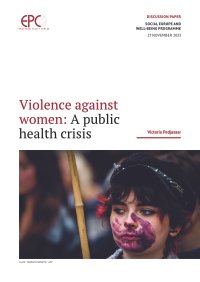By World Athletics
World Athletics today (22 December 2023) published findings of a study conducted during the World Athletics Championships Budapest 23 focused towards identifying and addressing abusive and threatening behaviour aimed at athletes on the X and Instagram social media platforms.
Building on the past two years of implementing greater safeguarding measures in athletics, 449,209 posts and comments were analysed between 18-28 August for abusive content in 16 different languages and additional dialects, protecting 1344 athletes with 1666 active accounts across both platforms.
This included text analysis, through searches for slurs and other phrases (including emojis) that could indicate abuse. Image recognition tools were also deployed to flag potentially offensive images. These findings were then compared to results from the previous study, conducted a year earlier at the World Athletics Championships Oregon22 (15-24 July 2022).
The research once again identified clear instances of online abuse and threats, targeting athletes competing at the World Athletics Championships Budapest 23. It detected notable examples of racist and sexualised abuse, with a selection of posts extending into potential action from law enforcement.
The study revealed:
X (formerly Twitter) was the preferred channel for abusers, accounting for almost 90% of detected abuse, a 500% relative increase compared to 2022
Racist abuse made up over one third of all abuse, an increase of 14% from 2022
Male athletes faced an increase in abuse, with the gender split of abuse being 51% targeting men and 49% targeting women
Two athletes out of 1344 monitored received 44% of all accounted abuse between them\
The levels of abuse detected during Budapest were noticeably higher when compared with the previous year’s study conducted during the World Athletics Championships Oregon22. Of the instances of racist abuse detected, the vast majority came on X. The abuse was overwhelmingly targeted at black athletes, with invocations of monkey imagery and deployment of the N-word in several spellings.
This is the third study of its kind in athletics and forms part of a research project World Athletics is conducting stretching over four years to fully understand the size, scale and gravity of online abuse athletes face during major sporting events. It is the third deployment of Threat Matrix, an initiative by data science company Signify Group, supported by sports investigations company Quest.
With a fourth study due to be carried out at the Olympic Games in Paris next year, the combined research will then encompass data from two Olympic Games as well as two World Athletics Championships, with events staged across Asia, Europe and North America.
World Athletics, 2023. 12p.





















